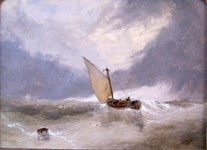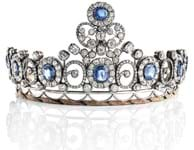
1 What is your focus?
Farm animal portraits from the 19th century. In our other business, Blackbrook Longhorns, we breed old English cattle and we started collecting these historic pictures. In 1989 we established the gallery. We are in a unique position as we have a passion for both the art and the reason it was produced.
2 Why were these pictures painted?
During the late 18th century, the selective breeding of livestock established popular cattle breeds. It was only then, when pedigree breeds had been introduced, that people started commissioning these pictures to celebrate their best animals. These pictures were important promotional material and would have been displayed in grand country houses and farmhouses.
3 When is the work most exciting?
We love having the opportunity to find out about the subjects and pass that knowledge on. My wife has an extensive library of antiquarian farming and herd books, so if there is a date or a hint on the back of a picture, we can often identify the animals, which is a real buzz.
4 What is one outstanding example in this field?
The Lincolnshire Ox (1791) by George Stubbs, in the collection of Walker Art Gallery in Liverpool. It’s the only cattle portrait we know of that he painted and depicts a remarkable animal. It was 6ft 3in (1.9m) high and weighed 1300kg.
5 What is one question that you are often asked?
“Did they really look like that?” The answer is yes. In the 19th century fat was king as it was important for diet and could also be put to uses such as oil for lanterns. The longhorns in these pictures might look strange to our eyes, but to the eyes of 19th century farmers, modern cattle would look very lean.
If you would like to be featured in 5 Questions, please contact francesallitt@antiquestradegazette.com














